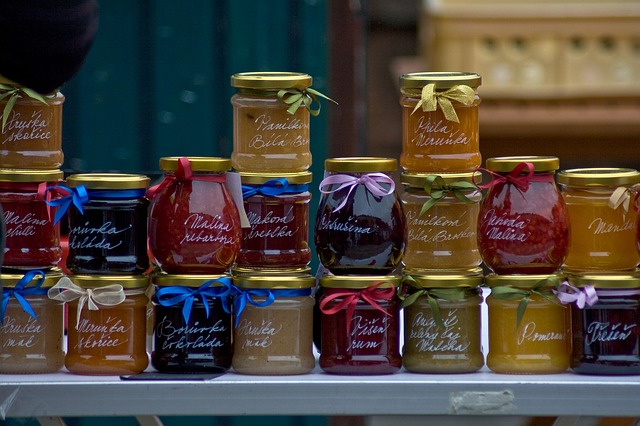A Complete Overview On Food Preservatives Market And Its Growth




Food preservation refers to a process of preventing the growth of undesired bacteria as well as slowing the process of oxidation to avoid rancidity. With the advent of globalization, the fast-paced lifestyle is increasingly coming into play, which in turn is paving the way for the food preservation industry. Market analysis estimates that the food processing and preservation industry is one of the top five rapidly growing industries globally in current times.
The global net worth of the food preservative market has been on a rise. The projected growth rate for the fiscal phase from 2017-2023 has been impressive, reaching a net worth of approximately 2712 million USD by 2023.
Similar to other sectors the majority of growth in this sector will be contributed by the Asia-Pacific region due to rapidly growing economies in this region. It was estimated in 2016 that almost one-third of the food preservative market was accounted for by the Asia-Pacific market.
A preservative is a chemical substance that is added to food materials, beverages or pharmaceutical drugs to prevent the growth of microbes in them. Food preservatives reduce the chances of food borne diseases, contamination, decreases microbial growth, and as a result reduces chances of food spoilage. It also helps in preserving the freshness of the food and in some cases adds value to its nutritional grade as well.
Food preservatives are generally of two types: natural and artificial or synthetic. They are used for multiple purposes and play the role of antimicrobial agents, antioxidants, and enzyme attacker. Salt, sugar, and vinegar are natural preservatives which have been used traditionally in jams, pickles, and juices. Nitrites, Sulfites, and Benzoates are artificial preservatives used commonly in processed foods.
Going by their mode of action on a broad spectrum, food preservatives are classified into two types: the antimicrobial preservatives and the antioxidant preservatives. Antimicrobial preservatives are the ones that prevent bacterial growth on food materials.
Some of the most common types include sorbic acid, benzoic acid, and lactic acid. Antioxidants prevent the oxidation of fats present within the food to prevent staling. The most commonly used preservatives are ascorbic acid, sulfur dioxide, and tocopherols.
In terms of region, China is expected to observe the largest growth and by the end of 2023 it will monopolize more than half of the global preservatives market. In a product-to-market analysis it has been witnessed that seafood and poultry hold only one-fourth of market share while dairy products and beverages have a higher market share.
However, for food preservatives, the market share for nitrites is likely to experience the highest growth. Nitrite based preservatives are used to prevent spoilage of red meat and other poultry products which are cooked at high temperatures.
The global meat market produced almost 65 million tons of meat in 2017 while meat and meat-based products occupy a huge part of the global meat market share and is continuously on a rise. Thus, the preservative utilized in the processing of meat and poultry based products is estimated to see similar exponential growth.
With the continuous consciousness about hygiene and the number of patients suffering from food borne diseases increasing at an alarming rate, food preservation has become an issue of paramount significance. This in turn is escalating the demand of preserved, stay-fresh canned foods leading to the expansion of the food preservative market.
Currently, North America has been the dominant market for the food preservative industry owing to its advanced technology, and high demand for hygienic food. However, with the advent of globalization and market expansion, Asian giants like China, India, Thailand, and Indonesia are becoming increasingly aware of hygienic foods and hence catching up with the industrial standards at an exponential rate.
At present, the global food market is segmented into organic foods and convenience food. Environmentalists are vouching for organic food the changing lifestyles are triggering the demand for convenience foods. Added food preservatives increase the shelf life of food thus acting as an immediate barrier against disease outbreak.
However the manufacturers of food preservatives are under constant pressures from the stringent guidelines set by government food safety agencies and environmentalists. The increasing outbreaks of cancer and genetic-mutation based diseases are raising more doubts on the usage of synthetic chemicals and the food preservative market is inclined towards the organic preservative spectrum.
It needs to be mentioned that as convenience foods items are gaining popularity, it’s not possible to do without the food preservative industry. Rather major giants in the industry should focus more on research and develop more suitable organic chemical free preservatives.
